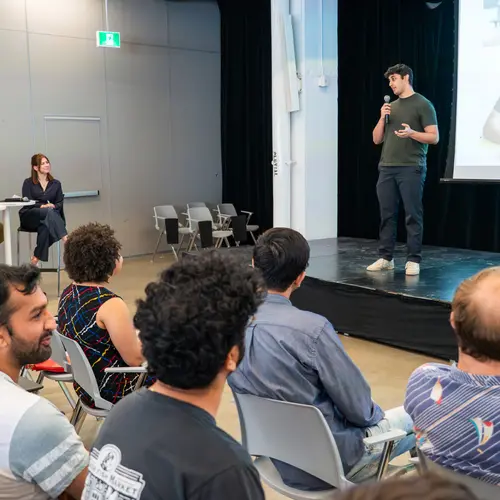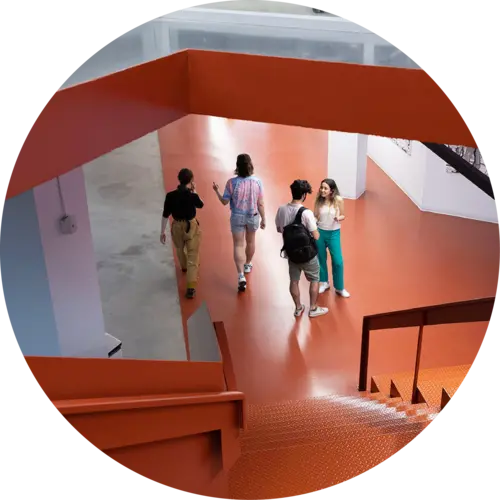
Ross Goroshin
Biography
Ross Goroshin is a Research Scientist at Google DeepMind, Montreal and Core Industry Member at Mila - Quebec Artificial Intelligence Institute. He holds a PhD in Computer Science from NYU, where he was advised by Yann LeCun. He also earned a B.Eng. in Electrical Engineering from Concordia University and an M.S. in Electrical Engineering from Georgia Tech. His research focuses on computer vision, self-supervised learning, and optimal control.
In addition to his roles at Google DeepMind and Mila, Ross serves as an adjunct professor in the Department of Computer Science and Operations Research (DIRO) at Université de Montréal.


